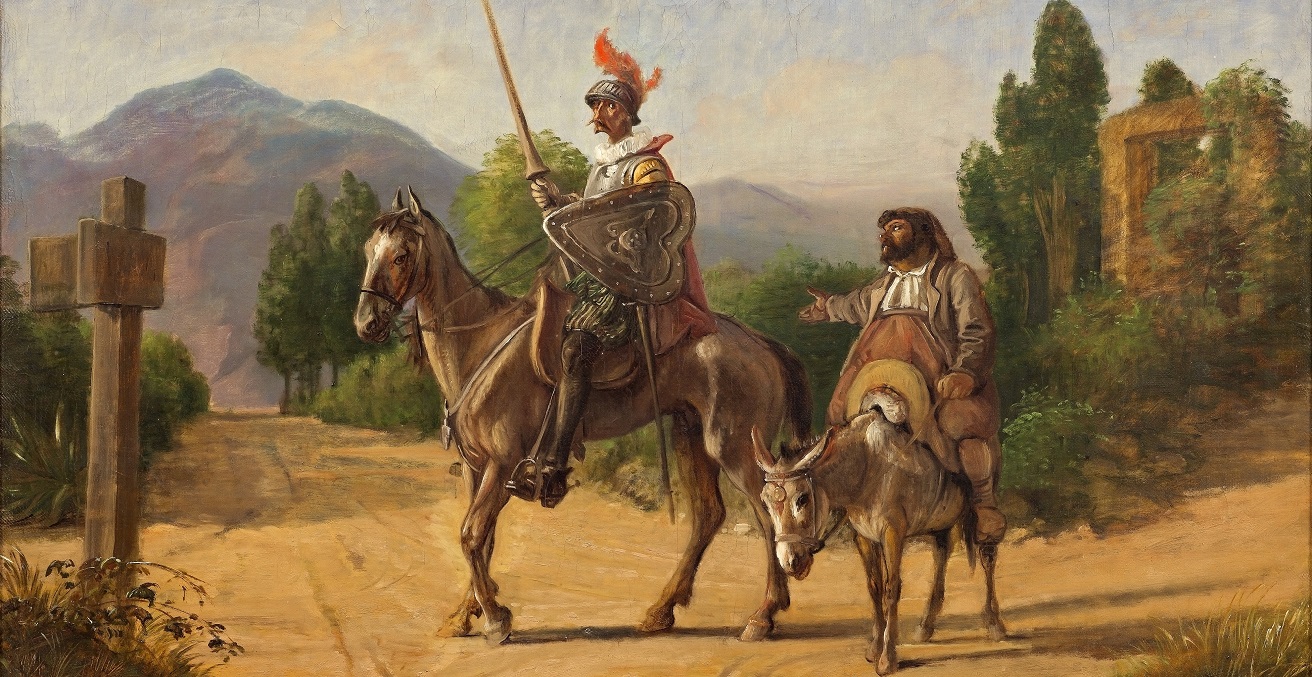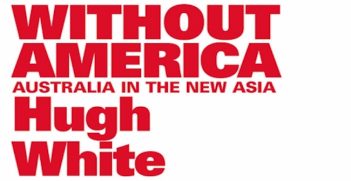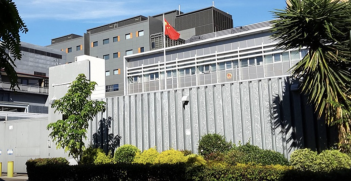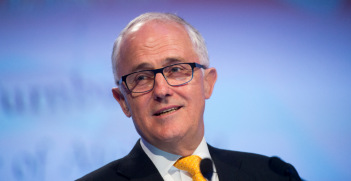Crouching Media, Hidden Agenda

Recent Chinese state-owned media have been using colourful headlines and articles to describe Australia. This is a tried and trusted method that has been used for at least a quarter century.
Within the vast arsenal for expressing its displeasure with another state at Beijing’s disposal is unleashing its state-owned media. As in Australia, the media in China plays a powerful role in shaping domestic public opinions and moods. In China, due to the nature of the state controlling the media, what is reported is generally taken to mean that it has the approval of the authorities to be reported. Therefore, coverage and editorials are seen as de facto messages from the state. Unrestrained from the norms and niceties of more traditional diplomatic channels, and at partial arms-length from officialdom providing the state with some plausible deniability, the media can engage in a bit of theatre and use stronger language to signal China’s anger and contempt. And it is apt to the task. From the use of provocative, eye catching headlines to the language in the articles themselves, the media in China has a way with words that rivals even the most sensationalist of Western red top tabloids.
These kinds of articles are effective. They usually elicit a response from the broader Australian media, with various op-eds pointing out how the relationship has denigrated to an extent. While, thanks to the 24-hour news cycle, it may seem that these shocking articles are unprecedented, China has been employing such methods for at least a quarter of a century.
Behind the headlines
Chinese state-owned media has a long history of being used by the Chinese Communist Party (CCP). The New China News Agency (Xinhua) was one of the agencies used to collect foreign intelligence abroad during the early days of the People’s Republic. Correspondents acted as liaison officers with Third World guerrilla movements in Africa, Asia, and South America. And for decades, the deputy director was always an intelligence officer.
In 2011, Hu Zhanfan, the then head of the state run broadcaster CCTV, said at a China National Media Association event that the first social responsibility and professional ethic of media staff should be understanding their role clearly as a good mouthpiece. President Xi Jinping has said the goal of Chinese media is to “tell China’s story well.”
Indeed, in February of this year, the US State Department designated China’s five most prominent news agencies – Xinhua, CGTN, China Radio, China Daily, and The People’s Daily – as foreign government functionaries.
Bats, Don Quixote, and Paper Cats
In 1996, a series of events led to the then lowest point in the Sino-Australian relationship since Australian Prime Minister Gough Whitlam’s recognition of the People’s Republic of China in 1972. Chinese media responded by making Australia their whipping boy. Then-US Secretary of Defense William Perry had described Japan and Australia as the northern and southern anchors of US security arrangements in Asia. The People’s Daily referred to these anchors as the craws of a crab, with the meaning that the head of the crab was the United States. The inside of a crab’s head is where its digestive system is located.
An article in World Affairs compared Australia to a bat which gave its allegiance to the mammals when they triumphed, but showed its wings and declared itself a bird when the birds were victorious. Still more criticism was voiced by the Guangming Daily, which described Australia’s support for US actions as parrot-like behaviour and the reason why Australia lost its bid for a non-permanent seat on the UN Security Council.
In response to then-US Secretary of State Colin Powell mentioning the possibility of formalising the US series of bilateral treaties in the Asia-Pacific region during a visit to Australia in July 2001, the People’s Daily published “Advice to Australia and the United States: Don’t try to be the modern ‘Don Quixote’.” The article described Powell’s suggestion as a move to contain China as part of a Cold War mentality, and portrayed the US as a “Don Quixote” with Australia as its servant Sancho Panza. This is in reference to the early 1600s novel The Ingenious Nobleman Don Quixote of La Mancha by Miguel de Cervantes. The main character, Don Quixote, aims to bring back knightly chivalry values and virtues and wants to save the world. He is mad, unable to separate reality from fiction, seeing the world differently to others. His “sidekick” squire, Sancho Panza (panza means pot belly), is an illiterate commoner. Panza is greedy, but kind and faithful to Don Quixote, exhibiting self-sacrificing behaviour to protect his master, while getting swept up in Don Quixote’s madness.
In 2008, then-Opposition Leader Malcolm Turnbull described then-Prime Minister Kevin Rudd as “Kevin 747,” and a travelling advocate for China. This made news in China, due to Rudd’s immense popularity as the first Mandarin-speaking Western head of government. However, the Chinese media used a much less flattering description: “Beijing’s running dog.”
In July 2016, in response to Australia’s support to the International Court of Arbitration ruling against China’s South China Sea claims, the Global Times called Australia a “paper cat.” This was a play on Mao’s description of opponents as “paper tigers,” referring to something that appears to be powerful but is actually ineffectual. The article continues where the headline left off, stating “Australia is a unique country with an inglorious history. It was at first an offshore prison of the UK and then became its colony, a source of raw materials, overseas market and land of investment. This country was established through uncivilized means, in a process filled with the tears of the aboriginals.”
Also in 2016, during the Rio Olympics, Australian Olympic gold medallist swimmer Mack Horton referred to his Chinese rival, Olympic triple gold medallist Sun Yang, as a drug cheat. The Chinese media response was swift. The Global Times continued its offshore prison and uncivilised themes, ending the article saying that no one should be surprised at uncivilized acts emanating from the country.
Due to a series of issues in the relationship 2018, including the passing of anti-foreign influence laws and the blocking of Huawei from developing Australia’s 5G network, the Global Times commented that “China has been very friendly toward Australia, but their arrogant attitudes in return over the past two years have become a virtual example of what it means to “bite the hand that feeds.” In early 2019, in response to the same issues, the commercial media site Tiexue Junshi posted “there’s a country which has been kicked hard in the head by a kangaroo, now they’re sucking up to us again” on WeChat.
In April this year, angry over Australia actively campaigning for an investigation into the origins of COVID-19, Hu Xijin, the editor of the Global Times, wrote on Weibo “Australia is always there, making trouble. It is a bit like chewing gum stuck on the sole of China’s shoes. Sometimes you have to find a stone to rub it off.” In May, also in response to Australia’s calls for a COVID-19 investigation, Chinese media went back to the future, with the publishing of a cartoon comparing Australia as Sancho Panza to America’s Don Quixote. The cartoon is reminiscent of perhaps the most famous scene from the novel, where Don Quixote sees three windmills as fearful giants that he must combat.
The use of Don Quixote shows a level of creativity, sophistication, and comprehension that may go over the head of the average punter on the street. The metaphor is directed at the literate Chinese reader and the Western public who understand it. However, it is a metaphor that describes how many Chinese genuinely feel about the subservient role Australia plays in its relationship with the United States.
With tensions in the Sino-Australian relationship the “new normal,” and with the mantra of “bad news is good news” in the media world, we can look forward to many more state sanctioned inspired headlines, op-eds, and articles from the Chinese media for years to come.
Stjepan Bosnjak holds a Master of Arts (Research) from Victoria University.
This article is published under a Creative Commons Licence and may be republished with attribution.





